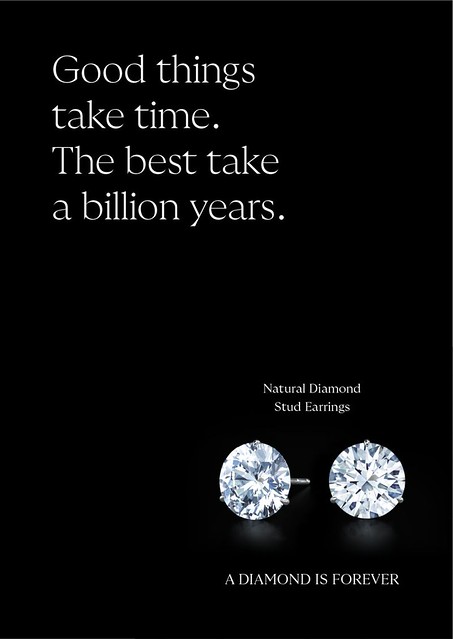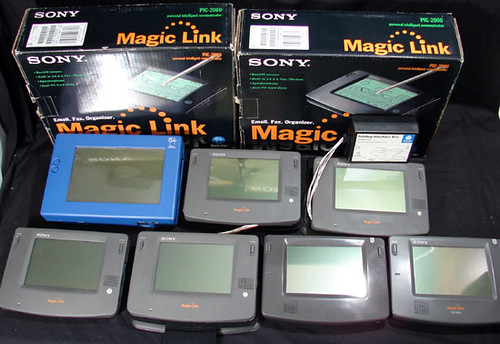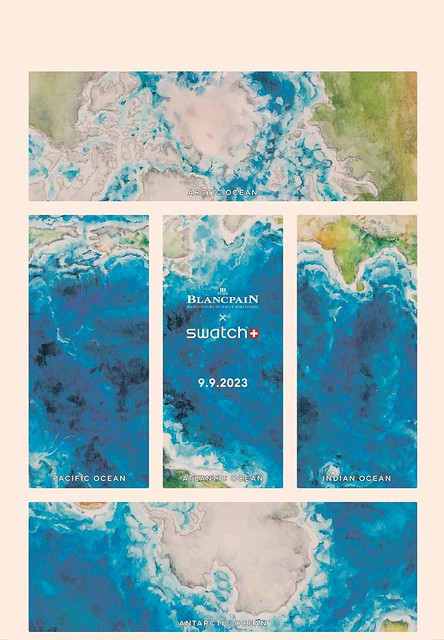A Diamond is Forever
DeBeers have resurrected their tagline A Diamond is Forever. What’s interesting is that DeBeers is focusing the campaign only in China and the United States. Whilst the heritage of A Diamond is Forever may resonate with the American audience. I am less sure about how it might resonate for Chinese consumers.
While diamonds are a good store of value, the move towards guo chao – Chinese things for Chinese people is another dynamic that may affect receptivity.
Beauty
Gen X men prefer gently-scented bodycare products over heavily-scented ones | Mintel – Despite having body odour concerns, Gen X doesn’t go for heavily scented products as they have dry, sensitive and acne-prone body skin. Among Gen X, itchiness, excessive sweat and rashes concerns stood out from those of other consumers. They are also concerned with the odour associated with the result of sweat.
Japan’s Fukushima wastewater release sparks Chinese hesitation in J-beauty | Cosmetics Design Asia – much of this is down to how Chinese rhetoric has affected Japanese country brand perceptions around the purity aspect of quality.
China
EU to launch anti-subsidy probe into Chinese electric vehicles | Financial Times
China’s business confidence problem | Financial Times
Intelligence services set to unmask China spies | Daily Telegraph
Jeep Parts Prices Soar Over 10 Times in China After Local Producer Went Bust
Economics
The Pursued Economics of advanced economies.
Future Horizons drops bearish stance, lifts chip market forecast | EE News Europe – still negative, but not as a large drop predicted, which indicates less precipitous economic decline.
FMCG
Welcome to the Anti-Woke Economy | The New Republic – A fledgling parallel economy has emerged on the right, hawking everything from coffee to vitamin supplements to anti-abortion protein bars. But can a business movement born of political and cultural grievance be viable over the long term?
Health
Breaking Through Depression; The Balanced Brain – reviews | The Guardian
An inconvenient truth: Difficult problems rarely have easy solutions | Behavioral and Brain Sciences | Cambridge Core – Individual-level interventions are often interesting and easy to implement, but are unfortunately ill-equipped to solve most major global problems (e.g., climate change, financial insecurity, unhealthy eating). Resources spent developing, pursuing, and touting relatively ineffective i-frame interventions draw resources away from the development and implementation of more effective s-frame solutions. Behavioral scientists who want to develop solutions to the world’s biggest problems should focus their efforts on s-frame (system level) solutions
Ideas
The AI and Leviathan series examining what it means if AI did actually change everything including extreme techopolarity.
- Part 1 – institutional economics of an intelligence explosion
- Part 2 – preparing for regime change
- Part 3 – techno-feudalism
My friend Gerd Leonhard has a more techno-utopian view, but acknowledges his vision is a best case scenario.
Innovation
Sony harvests electromagnetic ‘noise’ and offers milliwatts EE News Europe
How to Depolarize American Democracy – by Dexter Roberts
Luxury
How the metaverse downturn is benefitting digital designers | Vogue Business
Marketing
Dentsu launches paid search tool that uses AI to speed up creativity and optimization – Digiday – d.Scriptor — a new proprietary offering it’s developed to supercharge paid search, mainly in the area of ad copy development but also as a means to optimize and adapt execution. Dentsu is announcing the tool today, after pilot testing over the last several weeks. It’s meant to help with boosting the volume of creative messaging with an eye toward improved engagement rates, as well as to speed up the process of creative experimentation, and cut down on the time required to perform optimization tasks – the more variants that you cram into a Google Adwords programme the better a job it can do on optimising display based on what works. I spent a lot of time coming up with variants in spreadsheets to do this when I was freelancing
Media
Nobody Will Tell You the Ugly Reason Apple Acquired a Classical Music Label
Exclusive: The Economist adds podcast subscription tier
In Its First Monopoly Trial of Modern Internet Era, U.S. Sets Sights on Google – The New York Times – about two decades too late. The EU gatekeeper move is very interesting: Digital Markets Act: Commission designates six gatekeepers | European Commission
CAA Sold to French Billionaire François-Henri Pinault – The Hollywood Reporter
Online
We’re Updating our Community Standards – Linktree – changes on conditions, particularly focused on sex work, presumably to cover themselves from US legislation. There are also restrictions on regulated sectors like vaping and alcohol
Can Yahoo Be Saved? How Apollo Is Rebuilding an Internet Icon — The Information
Retail
Levi’s chief digital officer on the strategy to triple e-commerce sales | Modern Retail
Security
Software
LLMs have serious problems
Apple Boosts Spending to Develop Conversational AI — The Information
When AI Begins to Replace Humans – by Rex Woodbury – how CAPTCHAs are improving machine learning
China’s Horizon Robotics to Transfer Hundreds of Employees to Its JV With Volkswagen Unit
Technology
Groq Demonstrates Fast LLMs on 4-Year-Old Silicon – EE Times
Generative AI exists because of the transformer | FT
Apple & Qualcomm – Gritted teeth – Radio Free Mobile
TSMC to invest in Arm and Intel subsidiary IMS Nanofabrication | DigiTimes – the ARM investment will get the headlines but the more interesting technology is in the IMS Nanofabrication aspect of the deal








